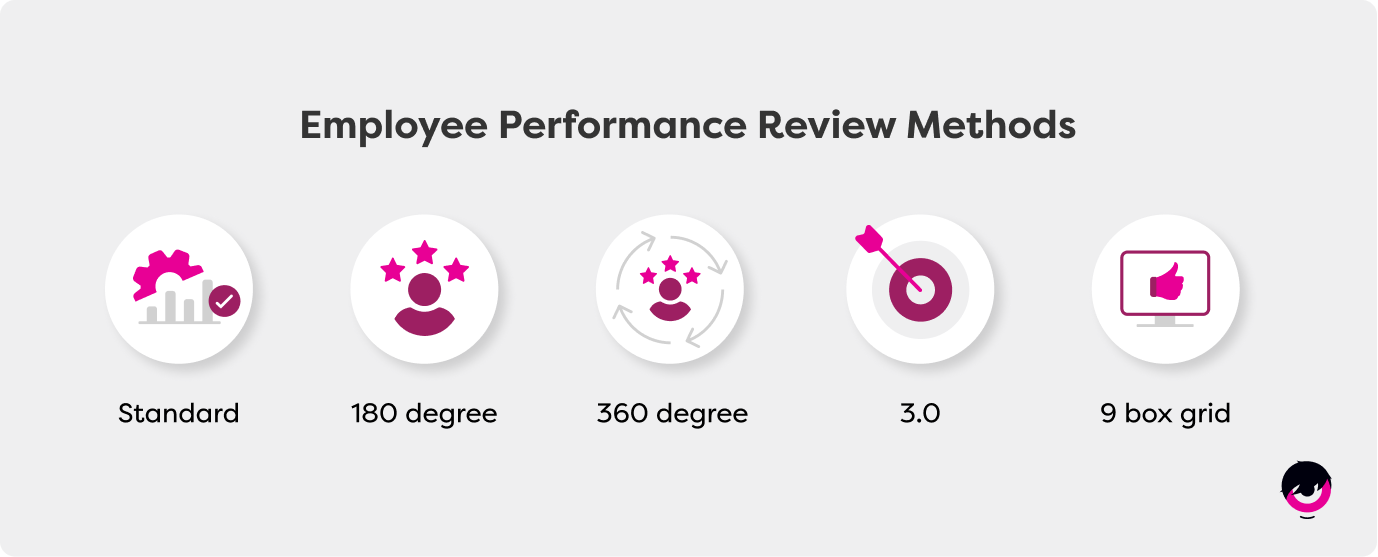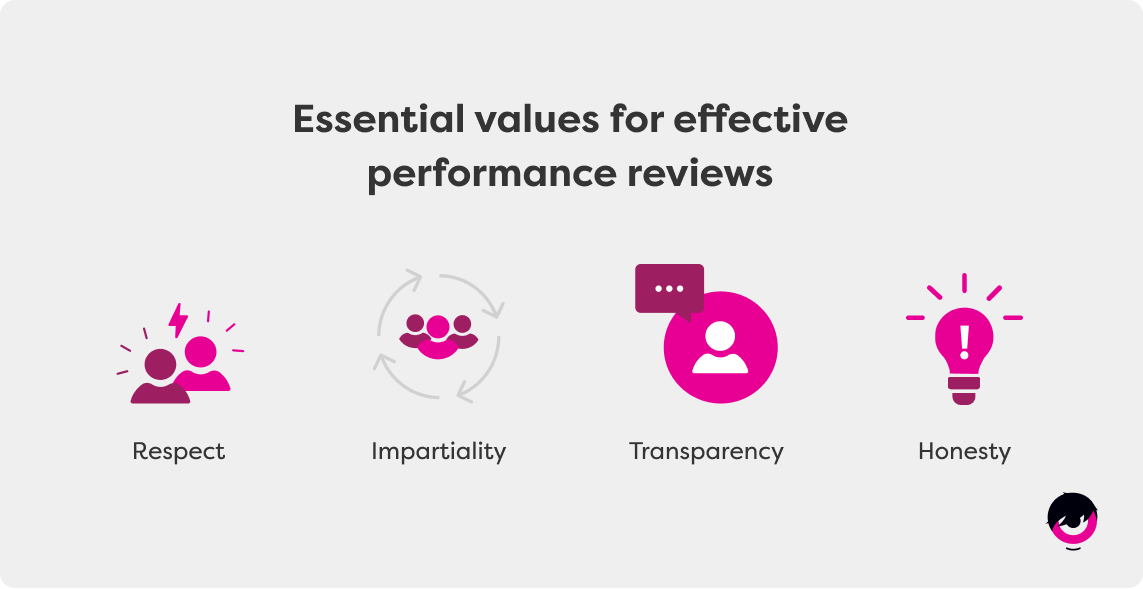Have you written down your short list of comments and feedback? Great, now that you have determined what you will talk about, it is time to think about how you want to talk about it.
The goal here is not to prepare a full-blown speech but to ensure your tone is not confrontational, cold, or accusatory. So quickly recap what you will say in broad terms and step in the employee’s shoes for a few minutes: how would you perceive these words if you were on the other side of the table?
If your discourse seems fair and constructive, you’re good to go. However, if your words could offend or stress out your employee, you might want to make a few adjustments.
Thoughtful preparation is key, but remember to be authentic:
Overpreparation of feedback can leave your delivery feeling robotic or forced, which makes tough feedback even harder to swallow. Go in with a plan of what you want to discuss, but exercise plenty of empathy and don’t be afraid to change course.
For example, an employee might not be meeting company standards. That’s a difficult pill to swallow — especially if they’re faced with corrective or disciplinary action. If they take the news poorly and need time to digest, don’t overwhelm them with a laundry list of other negative comments.
Instead, talk it over. Ask them how they feel about it, give them space to think, and let them ask questions. Make sure that they fully understand everything you tell them and have a plan moving forward before moving onto your next point or critique. By extending feedback in a collaborative and supportive environment, employees will receive criticism much more positively. They’ll take the necessary steps to improve without any further action needed. – Andrew Gonzales, Co-Founder and President at BusinessLoans.com
Need help determining which performance review phrases you should use? We have 50 concrete examples – and a free template – to help you out!













